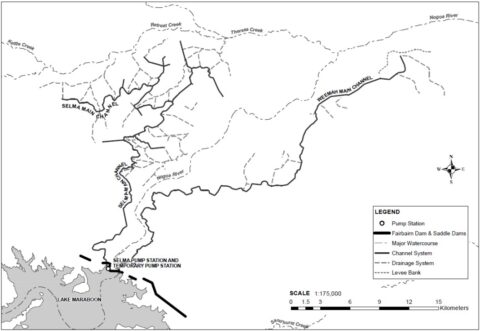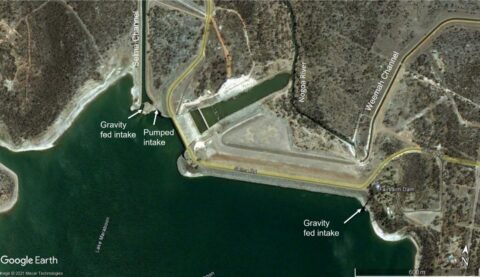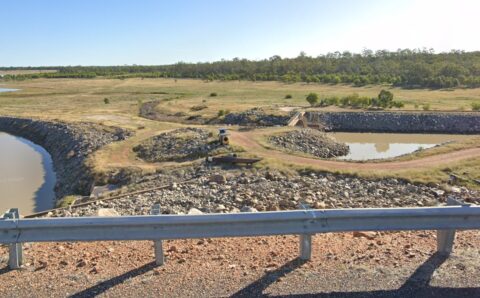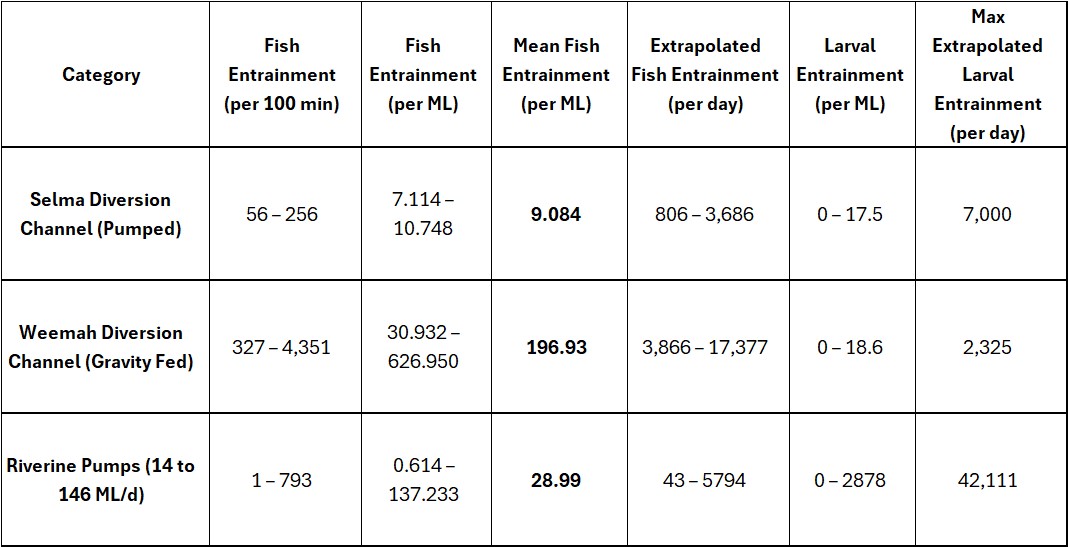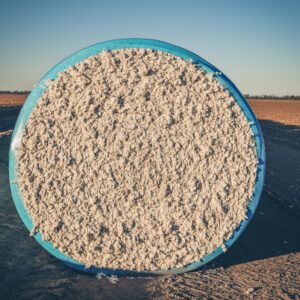High rates of fish impacts reported in Queensland
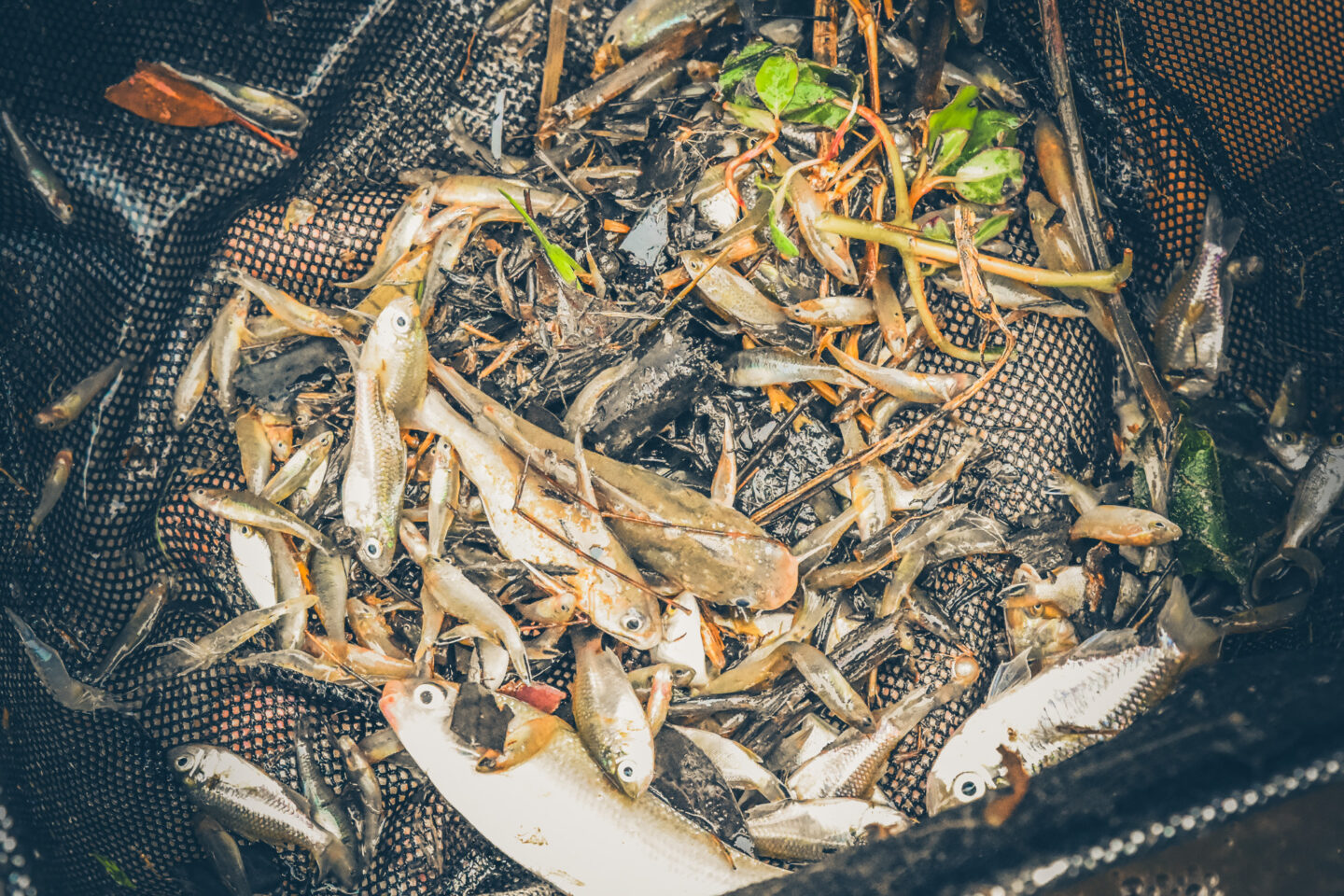
A Queensland study has demonstrated that different irrigation systems can have different impacts on native fish, helping to prioritise screening efforts.
The 3-year study was led by Dr Michael Hutchison from Queensland’s Department of Agriculture and Fisheries and funded by the Cotton Cooperative Research Centre.
The goal was to assess a range of pump sites, with varying configurations, plus two large channel offtakes – answering the question, “How do different types of diversions, river flows and pump configurations influence rates of fish entrainment?”
Irrigation network
The study focussed on the upper Fitzroy River Basin, near the town of Emerald, west of Rockhampton. Here, like any irrigation areas, infrastructure is critical to the delivery of water for agricultural production. In 2024, the main supplier, Fairbairn Irrigation Network (FIN), reported a supply of 90,131 ML to local farmers, at 89% efficiency, generating a nett income of ~$1.1m. This water was transported along two channels stretching 126 km to over 230 farm offtakes. However, the operation of such water pumps and irrigation channels are known to unintentionally entrain native fish.
The Weemah and Selma irrigation channels, near Emerald, Qld. Map from a 2019 operations manual published by the Queensland Department of Natural Resources and Mines.
Gravity sucks
Michael and his team conducted fish surveys at FIN’s two channel diversions located at the Fairbairn Dam wall: the gravity-fed Weemah Channel and the pumped Selma Channel. Both were found to entrain thousands of fish per day, but the gravity-fed entrainment rate was more than 10-times higher than the pumped diversion – 143 vs 13 fish/ML. This is consistent with research on gravity-fed channels in the southern Murray-Darling Basin, confirming the importance of prioritising these sites for screening.
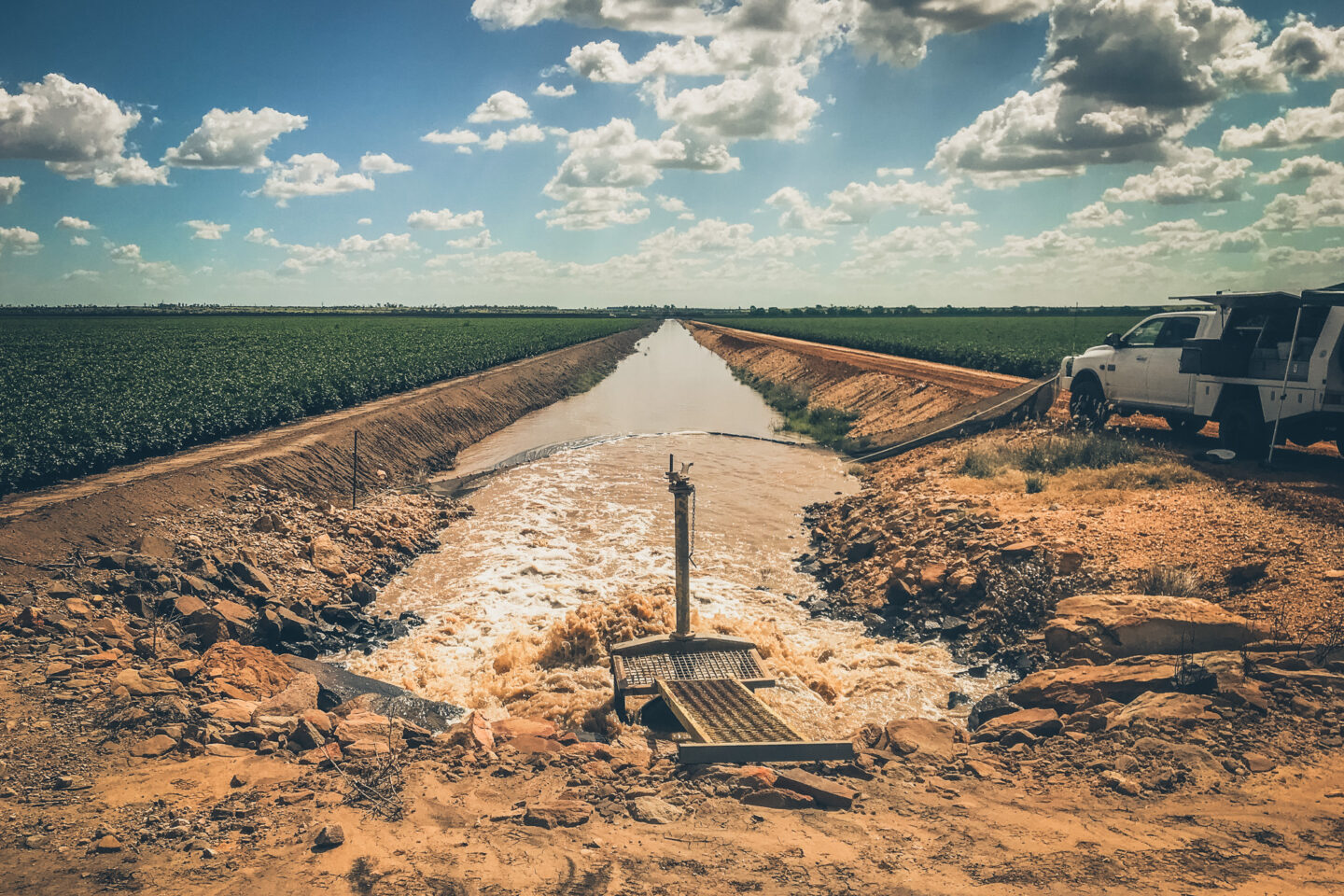
Not all pumps are equal
Across different pump sites, Michael’s research showed that a range of factors were found to influence entrainment rates.
- Flow type: Natural flows, particularly within-bank and overbank flows, tend to trigger fish migration and movements. This leads to higher entrainment rates, especially for species with pelagic (drifting) larvae. In contrast, allocated flows (those controlled by irrigation infrastructure) generally result in lower entrainment at pumps.
- Intake location and depth: Pump intakes with intakes that are relatively deep, located in the middle of the river channel, and oriented perpendicular to the river flow entrained higher numbers of fish than intakes in shallow areas.
- Pumping rate and annual volume: Higher pump rates (ML/day) and larger diverted volumes (ML/yr) are correlated with increased entrainment of fish. Pumps with higher daily volumes, such as those in larger irrigation systems, have a greater ecological impact, making them good candidates for screening.
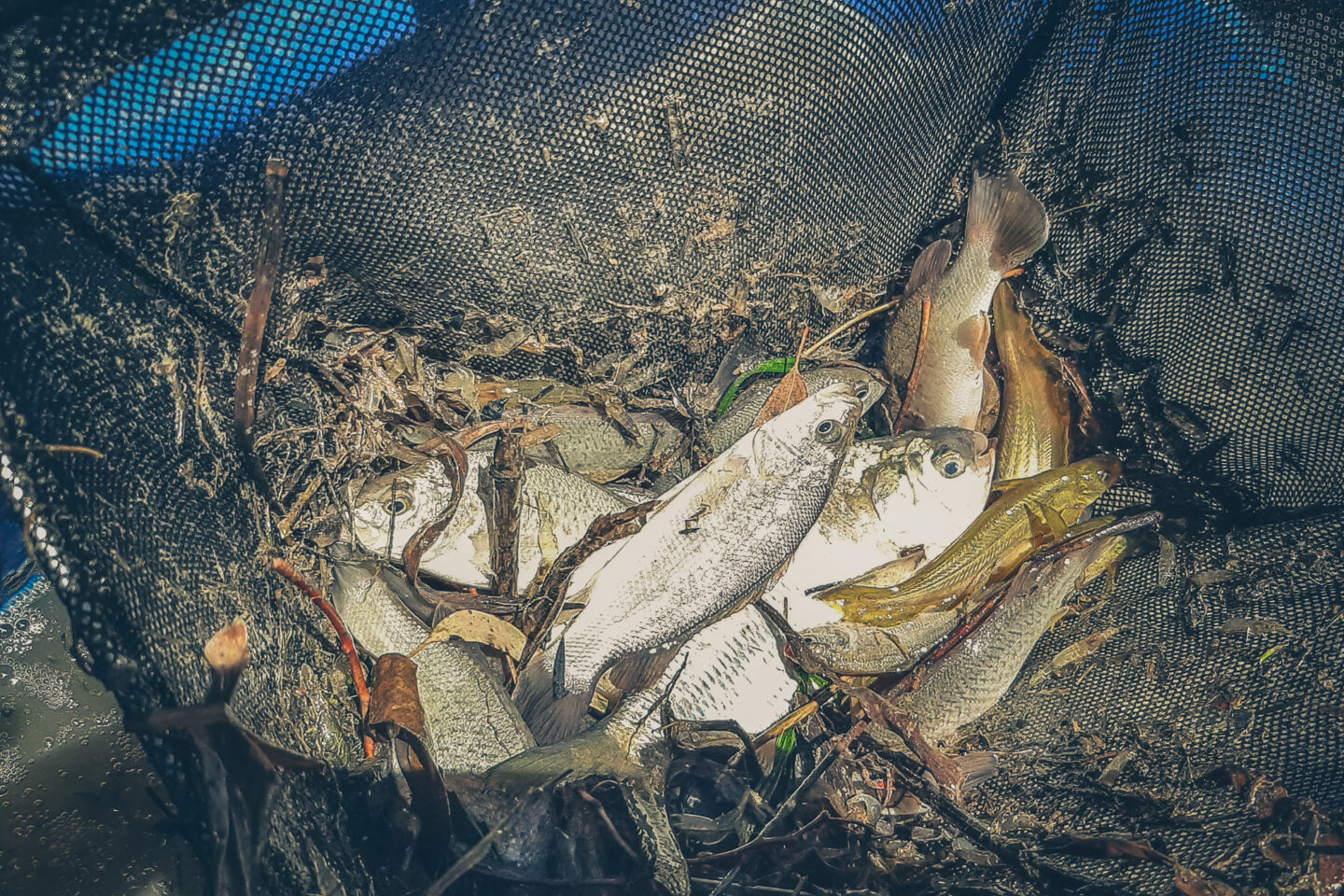
Looking south
Michael’s research is the first comprehensive assessment of how pump intake configurations influence fish entrainment rates. Critically, the study found higher entrainment rates (28 fish/ML) than the estimate used in NSW to assess the impact of pumped diversions (3.5 fish/ML). This may be due to higher abundances and densities of fish at the sites sampled in the Qld study, combined with the very conservative nature of the NSW estimate. Further research is currently underway at screened and unscreened pumps along the lower Macquarie River, north of Dubbo, NSW. This will help scientists to continue updating data used to assess pump impacts using the best possible data.
Entrainment rates of fish at irrigation channel diversions and riverine pumps (after Hutchison et al., 2022).
Prioritising sites
Based on the results, Michael developed a prioritisation matrix. It considers four key factors: flow type, intake position & depth, daily pumping rate and annual pumping volume. For example, pumps that operate during natural flow events, with intakes at mid-channel depths and high annual pumping volumes are scored relatively high and can be prioritise for screening. This matrix could be incorporated into assessments of stakeholder willingness, practical feasibility and other criteria that are important in progressing mitigation.
Conclusion and recommendations
Michael’s work offers a clear pathway for assessing and addressing the ecological impact of irrigation infrastructure on native fish populations in the upper Fitzroy Basin. For example, the Weemah Channel could be screened using a system similar to that on the Cohuna Channel site in Victoria. FIN was also considering purchasing and modernising the Selma Channel pump station, which would provide a great opportunity to consider screening. Together, these installations could protect vulnerable native fish species, while delivering benefits to irrigators through on-farm water, energy, repair and labour savings.
